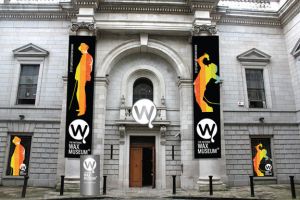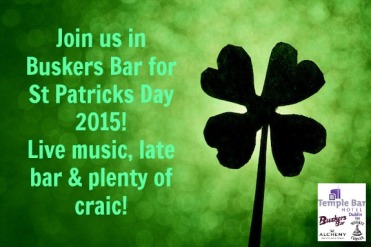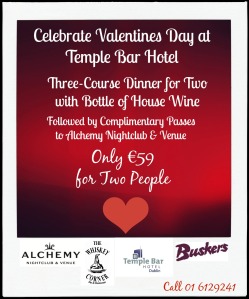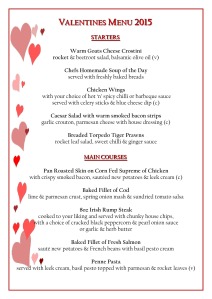
Easter is one of the most celebrated religious festivals worldwide… today we are looking at some of the traditions here in Ireland!
To our ancestors, an Irish Easter was a time of religious contemplation, fasting, feasting and dancing. Holy Week, the week that includes Good Friday, used to be a full seven-day period of extreme denial. Black tea, dry bread, potatoes with salt (but no butter or buttermilk) and perhaps a little porridge made up the daily fare of this difficult week until Friday when some families denied themselves anything other than dry bread and water.
Coming as it did after a five week period of semi-fasting, when salted herring and a bit of milk might have additionally been allowed (but no meat), Holy Week was tough. So tough that the Holy Week fast was officially relaxed to two days by the Church authorities in the mid-19th century.
Good Friday
Since medieval times, all bread baked on Good Friday was marked with a cross, in remembrance of Christ’s crucifixion on this day. The custom survives in the Hot Cross Buns we eat in modern times.
This most simple of Irish Easter traditions can be witnessed every day of the year; the custom of marking home-made bread with a cross persists all over Ireland.
Eggs that hatched on Good Friday were thought to produce particularly healthy birds while eggs that were laid on this day were, like bread, marked with a cross and then saved for eating until Easter Sunday.
Depending on the date of Easter, it was also traditional to sow corn on Good Friday, but this would only be done if the potato seed had already been planted.
Easter Eve
Dried fish, and particularly herring, varied the meagre diet of our rural and coastal ancestors for the six-week fast from meat. By the time Easter Saturday arrived, hungry minds were avidly anticipating a good meal of roasted or boiled meat. Pity the poor herring! Having provided such sustainance, the population made it the scapegoat for their hunger in a ceremony known as Whipping the Herring.
Butchers, happy in the knowledge that they would soon be selling meat again, were usually the organisers of the procession which involved hanging a dead fish from a pike and carrying it through the streets. Everyone was invited to whip it as it made its journey to the nearest river where it was discarded in the waters.
On the way back from the river, the procession would carry a dead spring lamb, dressed in ribbons and flowers.
This Irish Easter tradition was known across the island and persisted right into the 20th century.
Easter Sunday
The fast of Lent finally came to a close on Easter Saturday so the next day was a day of feasting. Lamb, veal and chicken were part of the festive fare of the well-to-do. They might also be on the menu for the neighbours of a generous farmer who was prepared to share his livestock. But for the majority, the centrepiece of the feast consisted of corned (salted) beef, a baked Easter ham or boiled bacon served with cabbage and potatoes.
The day began with eggs. And plenty of them. The average Easter breakfast for a man consisted of six eggs. Yes, Six! They might be fried or boiled. If the latter, natural colourings from herbs or lichens were added to the boiling water to dye the shells which were then kept to decorate the May bush, another Irish custom.
Other Irish Easter traditions were the rolling of hard-boiled eggs down the nearest hill, giving roasted potatoes to any beggar who called at the door, and the Cake Dance.
This latter custom dates back to medieval times but may be much older. It wasn’t only held on Easter Sunday. It was a means of celebrating, so might also be held to mark the beginning of Summer, the bringing in of the harvest or any other excuse for fun on a fine sunny evening.
The focus of this tradition was a cake, usually a barm brack (a current loaf) with animals, birds and fishes marked out on its raised crust. This cake would be placed in a prominent position and fussily placed on a piece of Irish linen or other fine white cloth, and then the music would start up and the dancing begin.
Depending on the locality or the sentiments of the day, the winners might be the couple who danced longest or were judged to have been the most sprightly. They were declared to have the right of ‘taking the cake’ and could share it with their friends.
The Cake Dance was one of the most popular and widespread of Irish Easter traditions and continued to be a feature of the season until well into the 20th century.










